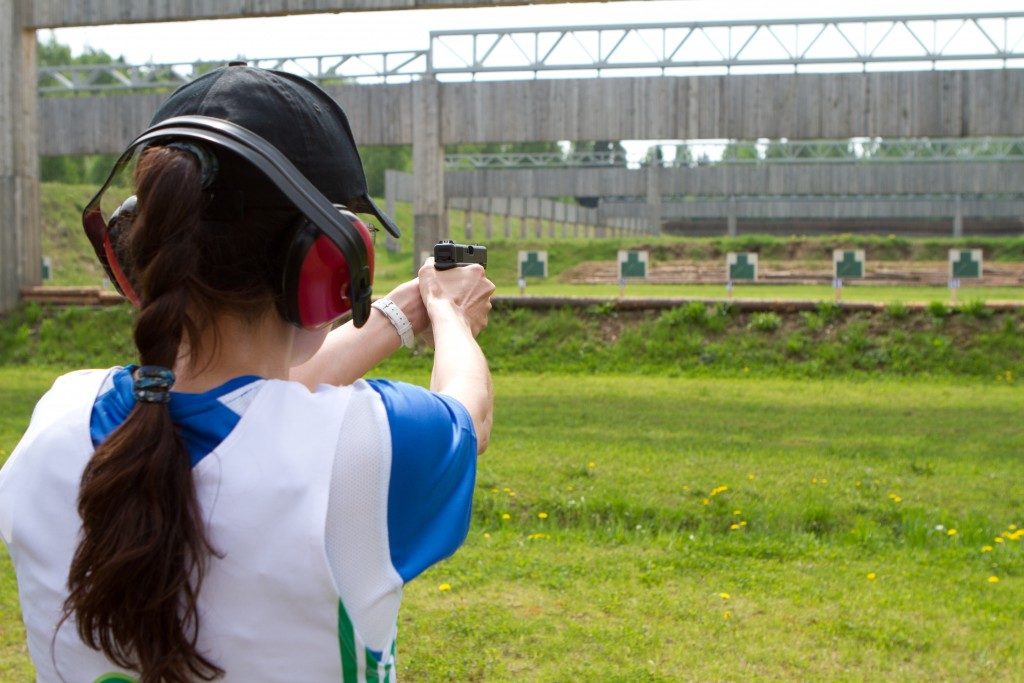Getting the best shot from your rifle is a combination of skill and the right enhancements. There are different enhancements to improve the accuracy of your shot, but the rifle’s scope is the primary one. Many people, more so the inexperienced ones, center their choice of a riflescope on its lens and magnification systems and its physical qualities. The most important and yet often overlooked aspect of the scope, however, is the reticle.
The reticle offered along with CZ rifles for sale comprises markings that allow you to focus on targets. It includes fine crosshair wires that are often etched onto glass. These crosshairs are set in a rifle’s second focal plane, which allows their sizes’ consistency when you zoom in and out to align the sights of your target.
The following are some of the reticles used or rifle scopes. Check them out before making a decision:
Duplex Reticle
This is the standard option for most hunting rifles. It has thick lines that stand out and are clearly visible. These lines, however, will thin out as they move towards an intersection point.
The fine lines that converge in the midpoint in a duplex reticle will not obscure a large part of your target and would provide a precise aiming point. In a few duplex reticles, there’s an added dot at the center to enhance visibility in dim lighting. The heavy lines of this reticle make it best for focusing on a moving target.
Mil-dot Reticle
This is the leading choice for long-range shots. A mil-dot reticle has dots rather than lines spaced in increments of 1 mil to allow the calculation of the distance of your target in yards. This way, you can compensate for your bullet drop and wind drift during a shot and boost your accuracy. Using a mil-dot reticle, however, is complex due to its various calculations, and you should have extensive knowledge of these calculations before picking one.
 BDC Reticle
BDC Reticle
A bullet will follow a curved trajectory when discharged. This means that it will move in an arc before it falls. To hit your target when shooting from a distance, you should aim higher to compensate for the gravity that makes it fall. A bullet drop compensation (BDC) reticle provides measurements, which allow you to compensate for this gravity. This reticle is generally meant for long-range shots of over 600 yards.
Illuminated Reticle
These are your best bet for improved visibility when making a shot. They’re generally used by hunters who hunt at dawn or dusk. The reticle will also come in handy if you’re targeting objects in dark backgrounds, which would make your dots or lines invisible. Based on its design, an illuminated reticle will either illuminate the dot in your aim point’s center or the circle around a visual field.
The above reticle scopes have variations in their designs to fit a range of uses. The converging post crosshair and 3PCH (three posts with crosshair) reticles are variations of a duplex reticle. There exists no single reticle that will perfectly fit all situations, but matching your choice to your shooting environment can help you pick the one that suits you best.



